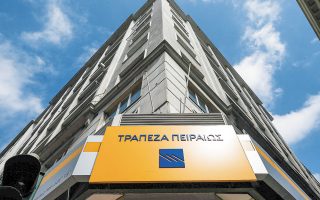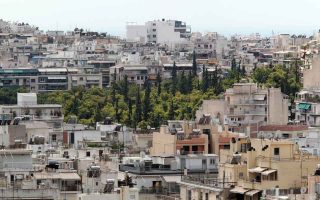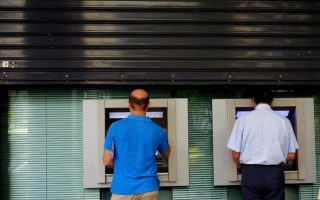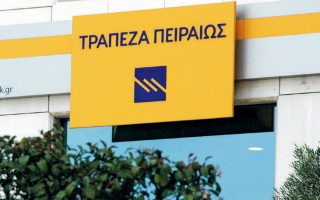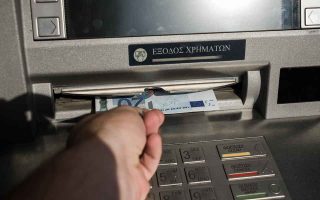Banks to attain their bad-loan reduction goal by year-end
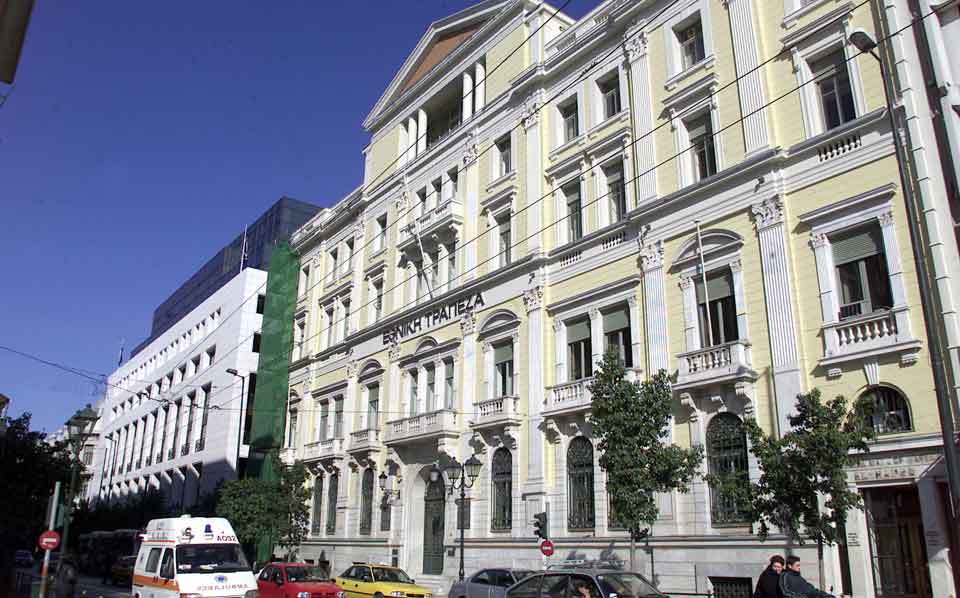
All four Greek systemic banks will have attained the goal for the reduction of their nonperforming loans below 10% by the end of this year: Eurobank already reached it at the end of 2021, Alpha Bank and National Bank should make it by the end of the year’s first half and Piraeus will achieve it by year-end.
Toward the end of 2021 banks accelerated their efforts to reduce their NPL pile, summarily executing transactions worth a total of 25 billion euros through securitizations and sales of portfolios, though they still have quite a way to go before they hit the European average.
Even if the business plans for the full streamlining of banks’ fundamentals are adhered to perfectly, the average level of the NPL index in 2022 for the four main lenders will be three times the European average, which according to the latest European Banking Authority (EBA) data for the first half of 2021 amounts to 2.2% of all loans.
Greek lenders also have a significant share of their serviced loans portfolio (estimated at €8-9 billion) relying on state support programs (Gefyra 1 and 2); therefore, according to the supervisory authorities, the impact of the pandemic is not yet reflected in their fundamentals.
Banks estimate that the conditions set for the concession of state collateral ensure that those loans continue to have serviced status in the medium term. The prevailing sense is that these loans will not leave behind them the effects seen in the previous crisis, in the 2010s; this is because the commitments corporations and households have made, as provided for by the Gefyra 1 and 2 programs, force them to remain consistent in their obligations to service their debts for at least one year after the expiry of the subsidy they receive from the state. Otherwise they will have to return to the state the subsidy they have benefited from and lose the advantage they enjoy from these programs.
Nevertheless, given the persistence of the coronavirus pandemic, the possibility of at least a part of those loans turning bad cannot be ruled out, though that would constitute a step backward for banks. This risk could force them to make additional provisions within 2022, depending on the course of the pandemic and the economy, undermining the effort to keep the NPL rate in the single digits and to support earnings.
